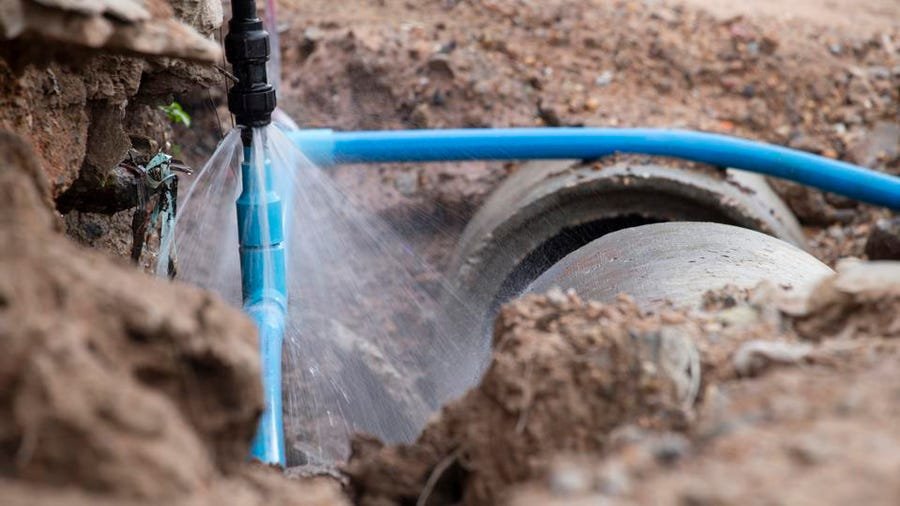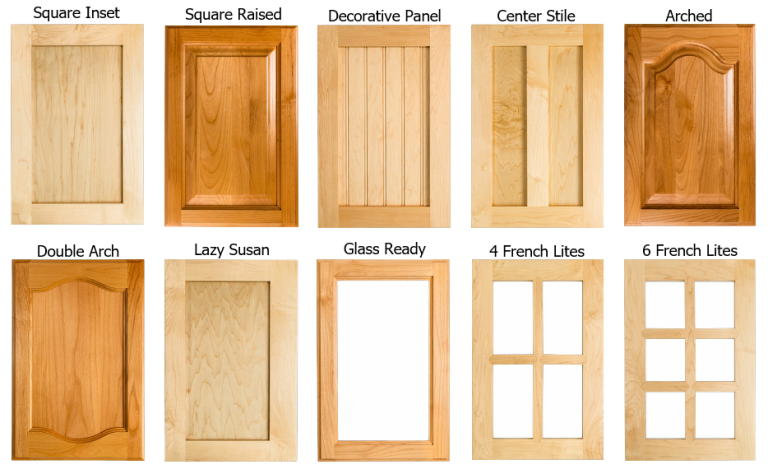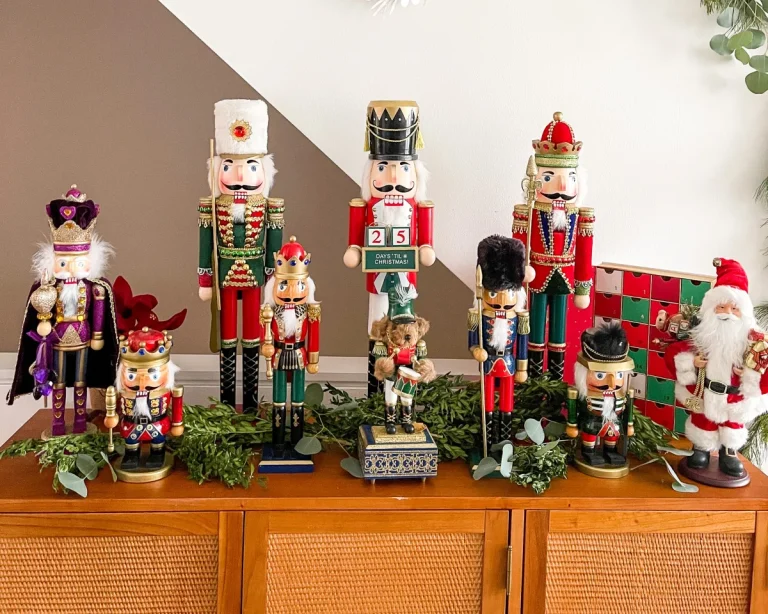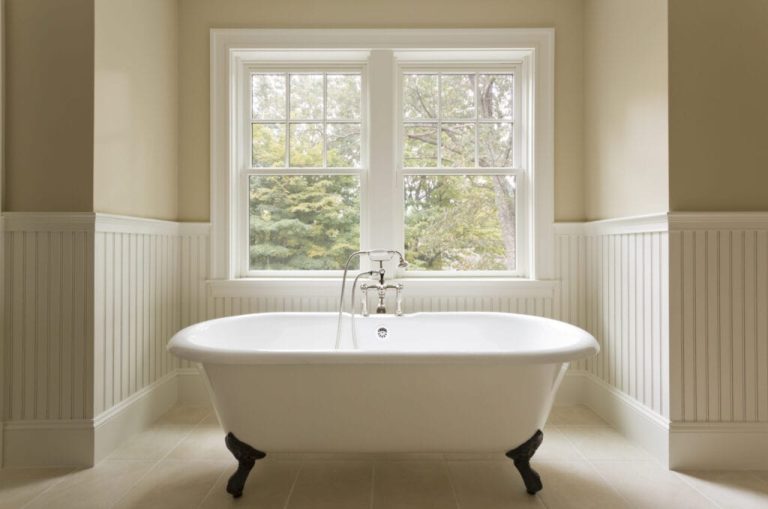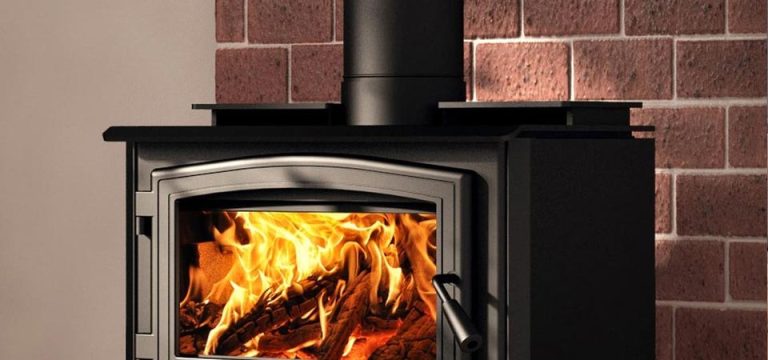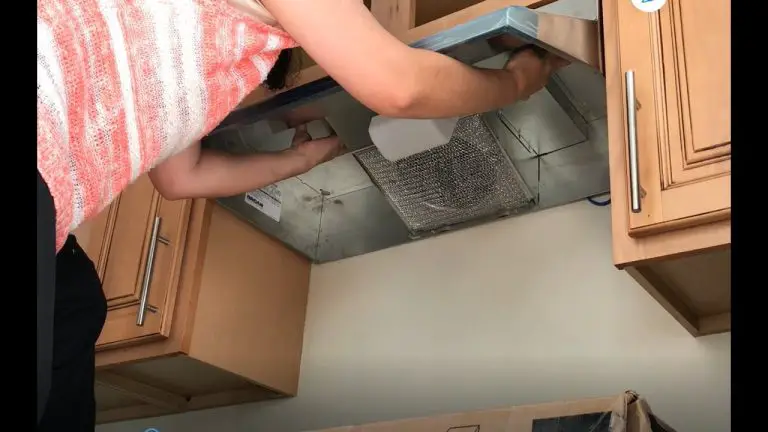How Can Plumbing Be Damaged?
Plumbing is a complex system of pipes, fittings, and fixtures that deliver water from its source to its destination. Unfortunately, plumbing can be damaged due to a variety of factors, including extreme weather, age, and misuse. Common plumbing damage includes leaks, clogs, broken pipes, and corrosion. These problems can lead to costly repairs and property damage, so it is important to be aware of the signs of plumbing damage and to address any plumbing issues that arise promptly.
Identifying Signs of Plumbing Damage
Plumbing is an essential part of any home, and it can be easily damaged if not properly maintained. It is important to know the signs of plumbing damage, so you can take action to prevent further damage and avoid expensive repairs. Here are some of the most common signs of plumbing damage:
1. Leaking Faucets or Pipes: Leaking faucets or pipes are a sure sign of plumbing damage. If you notice a damp spot on your floor, walls, or ceiling, it is likely an indication of a plumbing issue. It is important to act quickly and contact a plumber before the issue gets worse.
2. Low Water Pressure: Low water pressure can indicate a plumbing issue, such as clogged pipes. If you find that your shower or sink water pressure is unusually low, it is important to contact a plumber to determine the cause.
3. Strange Noises: You may hear strange noises coming from your plumbing such as gurgling, banging, or clunking. This is usually a sign of an issue within the pipes. It is important to contact a plumber as soon as possible to fix the issue.
4. Unusual Smells: A strange smell coming from your plumbing is an indication of a problem. Common smells include sewer gas, rotten eggs, and musty odors. If you notice a strange smell coming from your plumbing, it is important to contact a plumber to identify the cause.
Preventative Maintenance to Avoid Plumbing Damage
Plumbing systems are essential for modern life, but they can be severely damaged if not properly maintained. Plumbing damage can be expensive to repair and can cause a great deal of disruption to your home and business. To prevent plumbing disasters, it is important to have a regular maintenance plan in place. Regular inspections, cleaning, and repairs should be conducted to ensure that your plumbing systems are in top condition.
The most common causes of plumbing damage are clogs, leaks, and corrosion. Clogs can be caused by debris, grease, hair, and dirt, which can build up in pipes and cause blockages. Leaks can occur due to worn-out fittings, broken pipes, or faulty connections. Corrosion can be caused by chemicals, minerals, or other corrosive substances coming into contact with the pipes.
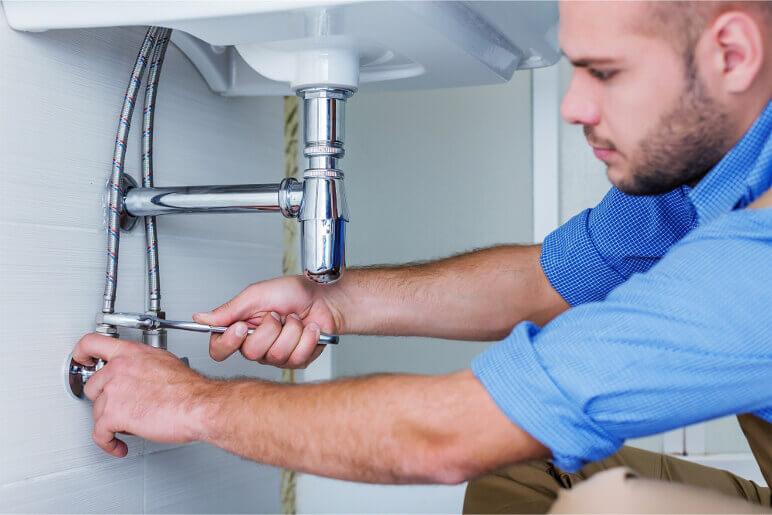
Credit: asterlingplumbingcolumbus.com
Assessing the Severity of Plumbing Damage
Plumbing systems are complex and can be damaged in a variety of ways. It is important to assess the severity of plumbing damage to best address the issue and ensure that your home remains safe and healthy. From a slow drip to a major water leak, plumbing damage can be caused by a variety of sources. Knowing how to identify the signs of plumbing damage and how to repair it can help you avoid costly repairs in the future.
The most common causes of plumbing damage include: old or worn pipes, clogged or blocked drains, broken seals, and frozen pipes. Additionally, natural disasters, inadequate maintenance, and improper installation can all lead to plumbing damage. To assess the severity of the damage, it is important to consider the source of the damage, the extent of the damage, and the potential of the damage spreading.
Repairing Plumbing Damage
Plumbing damage can be caused by a variety of things, from natural disasters to everyday wear and tear. Whether you’re trying to prevent future damage or repair existing damage, understanding the different types of plumbing damage is essential. Plumbing damage can range from small puddles around a bathtub to a significant leak in a pipe. Understanding how and why each type of damage occurs can help you take the necessary steps to prevent it.
One common type of plumbing damage is pipe corrosion. Corrosion occurs when metal pipes are exposed to moisture and oxygen, creating an oxidized layer that can lead to rust. This corrosion can cause pipes to become weak and eventually burst, leading to considerable water damage. To prevent this type of damage, it’s important to regularly inspect pipes for signs of corrosion and replace them when necessary.
Another type of plumbing damage is tree root infiltration. When tree roots grow near underground pipes, they can cause damage to the pipes. The roots can break through the pipes, causing significant leaks. If left unchecked, this type of damage can cause significant water damage to both the pipes and the surrounding area. To minimize the risk of tree root infiltration, it’s important to keep trees away from your plumbing.
Steps to Take After Experiencing Plumbing Damage
From a broken pipe to a clogged toilet, plumbing damage can be a major hassle for any homeowner. When plumbing incidents occur, it’s important to take immediate action to avoid even further damage to the pipes and fixtures. Here are some steps to take when plumbing disasters occur:
- Stop the Water: If you notice a significant leak, turn off the water at the main valve to prevent any further damage.
- Assess the Damage: Before taking any further action, it’s important to know the full extent of the plumbing damage. Assess the situation and take note of any visible damage, such as broken pipes or a backed-up sewer line.
- Contact a Professional: If the plumbing damage is extensive, it’s important to get an experienced professional to assess the situation. They can provide accurate information on the extent of the damage and suggest repair or replacement options.
- Clean Up: After the water has been turned off, it’s important to clean up any standing water. This will help to prevent mold and mildew growth and further damage to the property.
- Take Preventative Measures: Once the plumbing damage has been repaired, it’s important to take preventative measures to avoid future issues. This may include properly insulating pipes, having regular inspections, and avoiding harsh chemicals.
Cost of Repairing Plumbing Damage
Plumbing damage often results in costly repairs. With the right preventative measures and regular maintenance, you can avoid costly repairs and keep your plumbing system running smoothly. In this blog, we’ll discuss the cost of repairing plumbing damage, what causes it, and how to prevent it.
When plumbing damage occurs, the cost of repairs can range from hundreds to thousands of dollars, depending on the severity. Common causes of plumbing damage include clogged drains, faulty pipes, sewer backups, and water leaks. These issues can all be avoided with proper maintenance and regular inspections.
To prevent plumbing damage, it’s important to regularly inspect pipes for signs of corrosion, blockages, and leaks. In addition, homeowners should be aware of common plumbing issues, like clogged drains, and take steps to clear them before they result in a costly repair. Finally, it’s important to schedule regular maintenance with a licensed plumber to catch any issues before they become more serious.
FAQs About the How Can Plumbing Be Damaged?
1. What are some common causes of plumbing damage?
Answer: Common causes of plumbing damage include frozen pipes, tree root intrusions, clogged drains, and corrosion.
2. How can I tell if my plumbing is damaged?
Answer: Signs that your plumbing is damaged include slow or blocked drains, leaks or drips from pipes, and discolored water.
3. What steps can I take to prevent plumbing damage?
Answer: Steps that can be taken to prevent plumbing damage include insulating exposed pipes, regularly checking for signs of corrosion, and avoiding flushing objects like wipes and paper towels down the toilet.
Conclusion
Plumbing can be damaged in many ways, from natural disasters to improper installation and maintenance. Damage can range from minor issues, such as a slow drain or leak, to major problems, such as burst pipes or sewer backups. The best way to prevent plumbing damage is to make sure your pipes and fixtures are properly installed and maintained and to check them regularly for signs of wear and tear. Additionally, if you experience any kind of plumbing issue, it is important to contact a professional plumber immediately to assess the situation and provide a solution.
